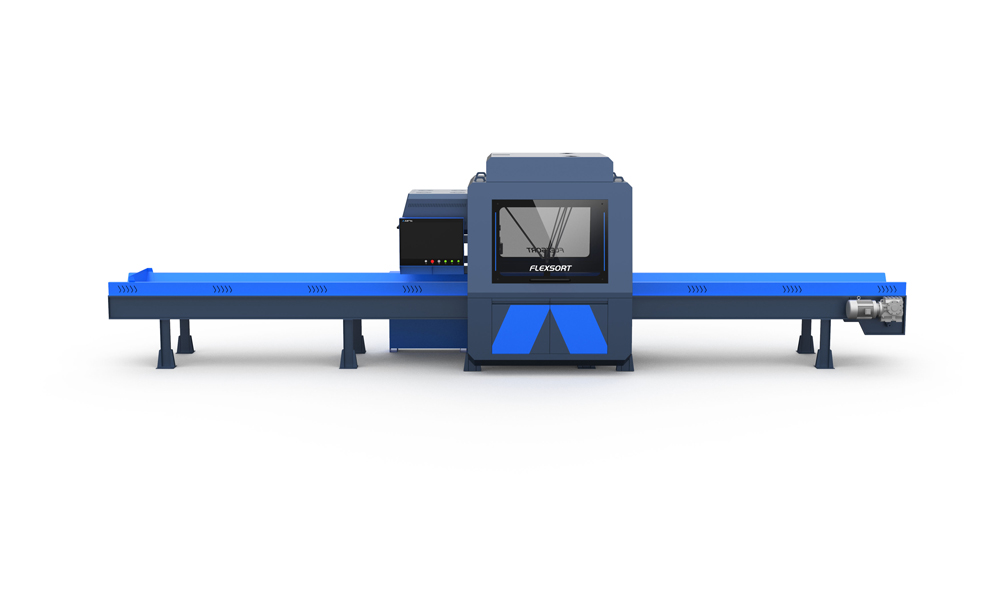 Time:2025-04-03
Time:2025-04-03
 Source:青绿环境
Source:青绿环境
With the advancement of technology and increasing emphasis on environmental protection, intelligent waste sorting is undergoing a significant transformation. Among these changes, AI recognition technology stands out as a novel approach. It enhances the efficiency of waste classification and reduces environmental pollution by leveraging optical sensors and machine learning to make waste processing more efficient and accurate. Big data analytics also plays a supportive role.

I. Technical Background
Traditional waste sorting relied on manual labor or simple machinery, which was inefficient and often inaccurate. In contrast, AI recognition technology enables intelligent sorting by analyzing and processing large amounts of data in real-time. It automatically identifies various types of waste and categorizes them based on material, shape, and color. This increases recycling rates, reduces landfill usage, and promotes waste reduction and reuse.
II. Working Principle
In waste sorting, AI employs image recognition and deep learning to make real-time decisions. First, high-speed cameras capture each item in the waste stream. The images are then sent to a computer for analysis through deep learning algorithms. The model examines the material, color, and texture of the objects to determine their categories. Finally, the system uses the results to instruct sorting devices to separate specific items.
III. Application Scenarios
1. Plastic Recycling: AI can identify PET bottles and HDPE containers, ensuring they follow the correct recycling path.
2. Electronic Waste Processing: AI can recognize metals like copper and aluminum, as well as other recyclable materials, preventing hazardous substances from being overlooked.
3. Separation of Organic and Inorganic Waste: In kitchen waste, AI can remove impurities, improving compost quality.
IV. Advantages
- High Precision: AI recognition technology significantly improves sorting accuracy, reducing the error rate compared to traditional methods.
- High Automation: It eliminates the need for manual labor, saving costs and increasing efficiency.
- Strong Adaptability: It can handle a diverse range of waste types, offering good scalability and flexibility.
V. Future Outlook
AI recognition technology holds great potential in waste sorting. However, widespread adoption faces challenges such as high R&D costs and technical difficulties. Nevertheless, as technology advances and societal demands for environmental protection increase, this technology is expected to make significant progress in the coming years. Collaboration among governments, businesses, and society is essential to drive development in this field and contribute to a better environment. In summary, AI recognition technology offers new hope for addressing the global waste problem.













 Prev
Prev











